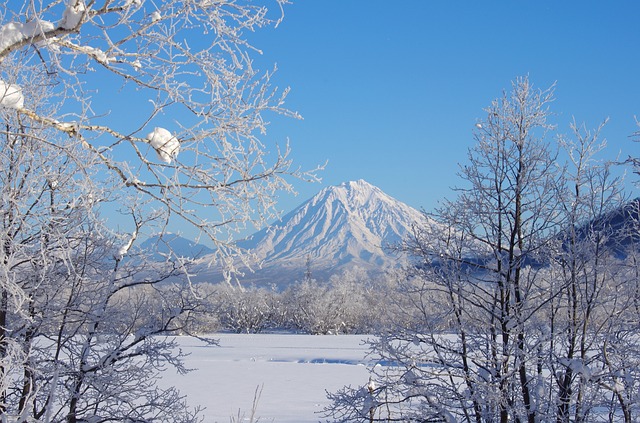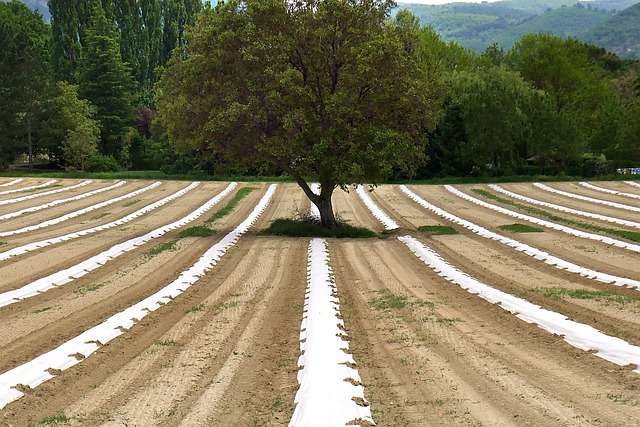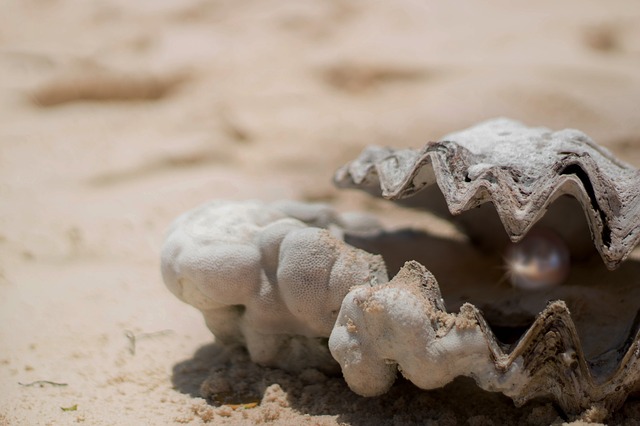INTRODUCTION
Tundra and Alpine: This biome includes extremely cold regions (usually covered in snow) that are present around the world without long woody trees due to high elevation.
Tundra and Alpine Ecosystem: This ecosystem is usually found in the northern hemisphere. The biome receives scant rainfall. As the altitude increases the forest cover decreases.
Characteristics of Tundra and Alpine Ecosystem: This ecosystem is characterized by high altitudes that do not support the growth of trees. The permafrost prevents the growth of trees. The growing season is short.
Also check out: Coniferous (Taiga or Boreal) Forest of Pakistan – Climatic Biome
TUNDRA AND ALPINE ECOSYSTEM OF PAKISTAN
The Tundra and alpine biome of Pakistan is an extremely diverse ecosystem. There is treeless vegetation that includes a wide variety of grasses and shrubs. Few species of trees are also found in this ecosystem.
Location of Tundra and Alpine Ecosystem of Pakistan: It is located in mountainous regions of Pakistan known as northern Pakistan. It including regions of Hindukush and Karakoram.
Climate of Tundra and Alpine Ecosystem of Pakistan: The climate of the tundra and alpine ecosystem is characterized as windy and cold. The soil remains covered with snow most time of the year. Short summers bring wild flowering plants. The recorded precipitation is 9mm. The temperature ranges from – 18 to 15 °C.
BIODIVERSITY OF TUNDRA AND ALPINE ECOSYSTEM OF PAKISTAN
The flora and fauna of the tundra and alpine ecosystem of Pakistan vary depending upon the altitude and latitude. Some animals are endemic to the regions.
FLORA OF TUNDRA AND ALPINE ECOSYSTEM OF PAKISTAN: PLANTS/VEGETATION
| Serial No. | Plants Common Name | Scientific Name |
| 1. | Chilgoza Pine | Pinus gerardiana. |
| 2. | Willow Shrub | Salix denticulata |
| 3. | Sea-Buckthorn | Hippophae rhamnoides |
| 4. | Himalayan Fir | Abies spectabilis |
| 5. | Himalayan Birch | Betula utilis |
| 6. | Morinda Spruce | Picea smithiana |
| 7. | Wormwood | Artemisia maritima |
| 8. | Kashmir Balsam | Impatiens balfourii |
| 9. | Himalayan White Pine | Pinus wallichiana |
| 10. | Wild Strawberry | Fragaria nubicola |
FAUNA OF TUNDRA AND ALPINE ECOSYSTEM OF PAKISTAN: ANIMALS
| Serial No. | Animal Common Name | Scientific Name |
| 1. | Brown bear | Ursus arctos |
| 2. | Snow leopard | Panthera uncia |
| 3. | Red Marmot | Marmota caudata |
| 4. | Musk Deer | Moschus moschiferus |
| 5. | Markhor | Capra falconeri |
| 6. | Alpine ibex | Capra ibex |
| 7. | Blue Sheep | Pseudois nayaur |
| 8. | Tibetan wild ass | Equus kiang |
| 9. | Grey Wolf | Canis lupus |
| 10. | Marco Polo sheep | Ovis ammon polii |
Also read: Threats to Natural Ecosystems – Causes, Effects, Management
THREATS TO TUNDRA AND ALPINE ECOSYSTEM OF PAKISTAN
The key threats to the tundra and alpine ecosystem of Pakistan are the increasing human population and their activities in lower alpine region. Infrastructure development such as road construction causes habitat loss. Habitat fragmentation leads to biodiversity loss. The biodiversity is also decreasing due to illegal poaching of wildlife.
The treeless vegetation area is subjected to land clearance for agriculture, urbanization, and mining activities. The introduction of invasive species is also posing threats to herbaceous and woody plants. Drilling well disturbs the whole ecosystem. In Tundra region, Human-induced climate change is not beyond in showing its effects on this ecosystem. Glacier retreats due to climate change are resulting in melting of glaciers, catastrophic events such as floods, etc.
IMPORTANCE OF TUNDRA AND ALPINE ECOSYSTEM OF PAKISTAN
The Tundra and alpine ecosystem of Pakistan are important due to many reasons. The first and formost reason is wildlife. Unique species of animals and wild plants occur in this ecosystem. These regions are used for recreational activities. This ecosystem has economic importance. The precious minerals are present in those areas.
For information about other types of Biomes or Ecosystem Zones of Pakistan, check out this list of: Ecosystem Zones and Climatic Biomes of Pakistan.
I hope you all liked this post! Please comment below if you have any suggestions, comments, or feedback! We at #envpk love hearing from our readers! Thanks!




